7+ SAMPLE Nonprofit Sponsorship Proposal
-
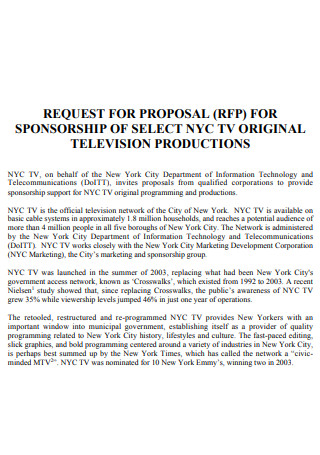
Nonprofit Sponsorship Request for Proposal
download now -
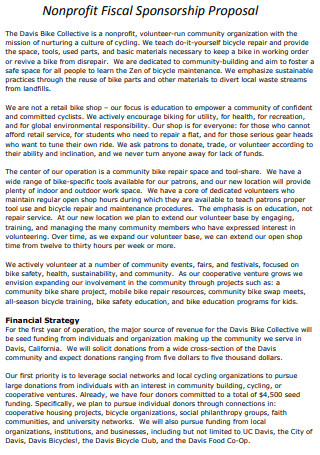
Nonprofit Fiscal Sponsorship Proposal
download now -
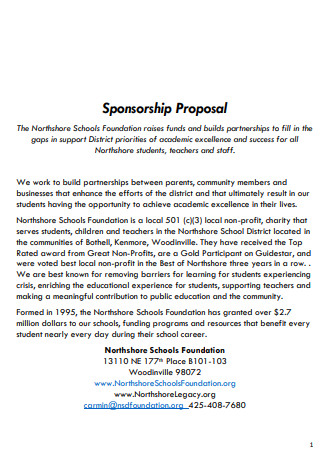
Nonprofit School Sponsorship Proposal
download now -
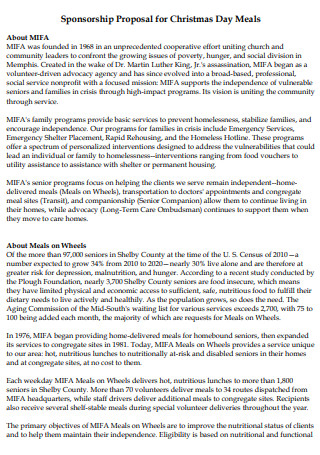
Nonprofit Day Meals Sponsorship Proposal
download now -

Nonprofit Sponsorship Project Proposal
download now -
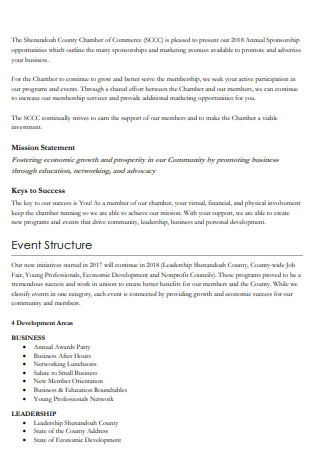
Nonprofit Council Sponsorship Proposal
download now -
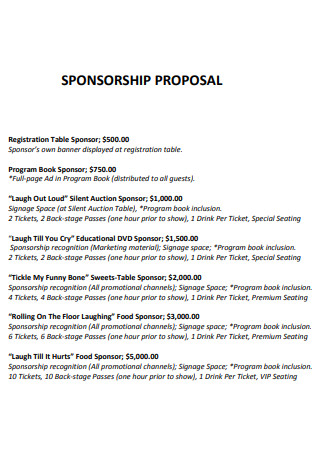
Nonprofit Organization Sponsorship Proposal
download now -
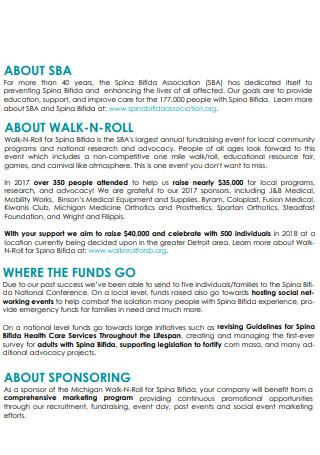
Nonprofit Partner Sponsorship Proposal
download now
FREE Nonprofit Sponsorship Proposal s to Download
7+ SAMPLE Nonprofit Sponsorship Proposal
What Is a Nonprofit Sponsorship Proposal?
Factors to Include in Creating a Nonprofit Sponsorship Proposal
Different Types of Sponsorship Packages
Steps in Preparing a Nonprofit Sponsorship Proposal
FAQs
What is the difference between nonprofit and not-for-profit?
A difficulty faced by organizations such as nonprofits is called Founder’s Syndrome. What is it?
Are nonprofit organizations allowed to be political?
What Is a Nonprofit Sponsorship Proposal?
First of all, what is a nonprofit organization? To expand on the previous definition stated earlier, a nonprofit organization is a group that is created and operated for a public or social benefit. Whenever the said organization generates income, no part of it is to be distributed to its members or to the people that run the organization. A nonprofit organization should at least be accountable, trustworthy, honest, and open to every party that has invested its resources towards them. Whenever nonprofit organizations engage in activities, they should keep in mind that the said activities should help the organization in earning public confidence.
A nonprofit sponsorship proposal is a business document that is used to outline the reasons why the potential sponsor would want to engage in business (supporting their cause) with the nonprofit company, and when written effectively, should convince the sponsor in doing so. This document should also state how the potential sponsor can benefit from entering a partnership with the nonprofit organization and explain how the business relationship is likely to play out throughout the course of the partnership.
Factors to Include in Creating a Nonprofit Sponsorship Proposal
Here are the key factors that one should keep in mind and include whenever drafting a nonprofit sponsorship proposal for an event. Do take note that some more elements may need to be written depending on a number of factors, such as the type of event to be run and the parties involved in the proposal.
Different Types of Sponsorship Packages
As briefly stated previously, there are different types of levels or tiers in which companies can be involved when they decide to sponsor an event hosted by a nonprofit organization. With that being said, here are some examples of them:
Steps in Preparing a Nonprofit Sponsorship Proposal
How does a nonprofit organization find its sponsors for an event they are organizing? The key answer is by creating an effective document called a sponsorship proposal, along with its submission to the appropriate parties. With that being said, here are the steps to be followed when preparing a nonprofit sponsorship proposal.
-
1. Start With the Purpose
This is the first step in preparing your sponsorship proposal. What needs to be done here? In this step, you are going to have to outline the purpose and the main goals of the event in order for you to have a solid plan in place before you even think about pursuing partnerships. Work with the people in your organization who are knowledgeable in marketing so that everyone is on the same page with regard to the objectives and the purposes of the event.
-
2. Determine the Costs
After outlining the purpose of the sponsorship proposal, this step will then follow suit. In this step, you must estimate the cost of holding your event. Additionally, consider all of the administrative effort and preparation that goes into the event, in addition to the costs. Once a cost estimate has been properly established, you can now determine how much money you need to raise and what levels of sponsorship you need to achieve.
-
3. Decide the Sponsorship Tiers/Benefits
After determining the costs of the sponsorship proposal, this is the next step to do. In this step, determine how many sponsors you’ll need and/or how much money you’ll need. This may be built into a variety of various alternatives and levels, so evaluate what combination will fit great for your nonprofit organization and what levels you believe are attainable when looking for corporate sponsors. Following that, consider all of the sponsor benefits and perks you can provide, and clearly define how the company will be recognized and what the various levels of sponsorship will bring. Examples of benefits packages would be printed material, table sponsors, and virtual visibility.
-
4. Determine Who You Want to Pursue
This is a key step in developing a nonprofit sponsorship proposal (or any other type of sponsorship proposal, for that matter). It is just as vital to decide which corporate sponsors to approach as it is to draft the proposal. Your objective is to conduct research and identify companies in your community that has similar hobbies or passions. It is also important to know that some businesses want to identify who else is supporting the event, whether for prestige or competitiveness. It may appear nice for them to co-sponsor your event with another local business, or they may not want to be surpassed by a rival.
-
5. Finalizing the Proposal
After writing down everything you need for completing the proposal, it’s time to finalize it. One method of finalizing the proposal is to proofread everything since it can be the difference between a professionally-written sponsorship proposal that has all the chances of getting accepted by the sponsoring company and one that is barely read since it is so poorly constructed and makes the proposal look unprofessional. Having a neatly-written proposal makes the document look professional and makes your nonprofit organization seem competent to the readers.
FAQs
What is the difference between nonprofit and not-for-profit?
Though these are phrases that are used interchangeably, they do not have the same meaning. Both are non-profit organizations that may or may not generate a profit in order to carry out their purposes. The distinction between the two is in how they utilize their generated income. Nonprofit organizations provide any excess funds back to the organization. Not-for-profit organizations, on the other hand, utilize their excess funds to compensate their members who perform labor for them. Another distinction between nonprofit and not-for-profit groups is their membership. Members of a nonprofit organization do not receive money from the organizations fundraising efforts while the members of a not-for-profit organization can benefit from their fundraising.
A difficulty faced by organizations such as nonprofits is called Founder’s Syndrome. What is it?
The challenge experienced by organizations, particularly new enterprises such as start-ups, when one or more founders retain disproportionate authority and influence beyond the effective initial foundation of the company, leading to a wide variety of difficulties, is known as founder’s syndrome. The condition can be seen in both non-profit and for-profit organizations or businesses.
Are nonprofit organizations allowed to be political?
No, they cannot be. This is the reason why a majority of nonprofit organizations consciously seek a nonpartisan tone in their communications whichever medium they may use (written, social media, etc). Organizations that wish to be granted a nonprofit status must specifically say in their organizational documents that they will not engage in any political campaign on behalf of any person or make political expenditures.
Writing sponsorship letters can be an extremely daunting task, especially for those nonprofit organizations that have just been established and are still looking to stretch their legs. With the help of sample templates that are present in this article and an experienced writer on standby, the task should be made easier to accomplish.
